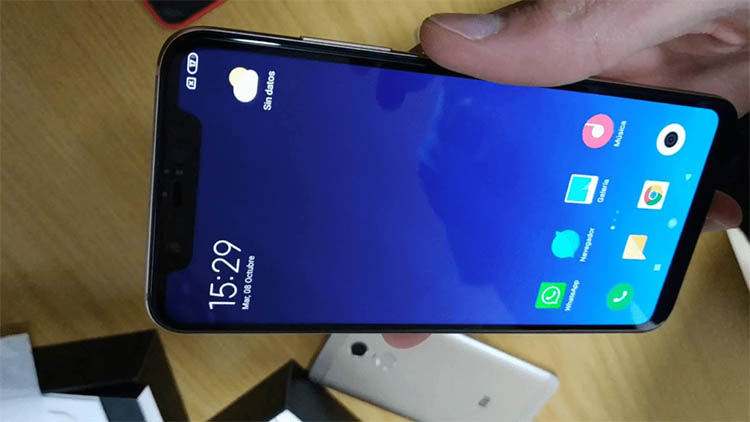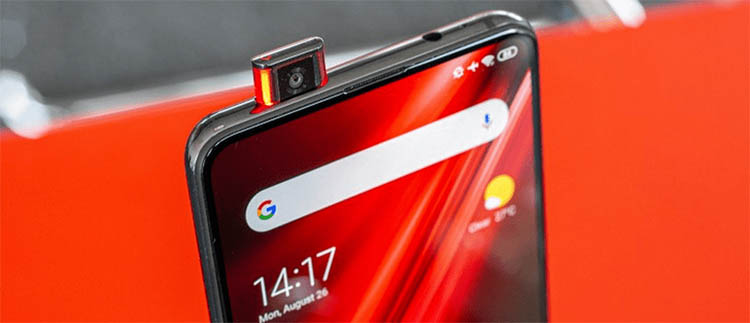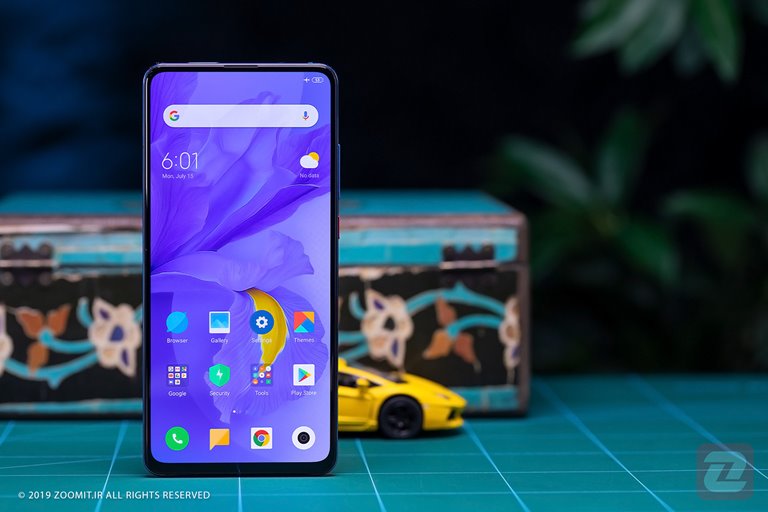A List Of The Most Unreliable Xiaomi Phones; When Quality Is Sacrificed For Quantity
Contrary To The Remarkable Success Of Xiaomi In The World Of Smartphones, Some Of The Company’s Devices also caused users problems.
Xiaomi can be considered a smartphone phenomenon, A company that made a name for itself by producing affordable phones. Among the phones of this Chinese company, the Redmi Note and Mi series have been among the most successful products, and since 2018, the Poco brand has been able to attract everyone’s attention.
Although Xiaomi has often managed to grab the headlines with its professional and expensive smartphones, it can say that its main success comes from its affordable flagships and mid-range products.
In recent years, the Chinese phone maker giant has launched an army of successful smartphones and has managed to win countless legions of users; However, Xiaomi has also had failed missions in the production of smartphones in its years of activity.
Until now, the quality of IPS displays has been one of the main problems of Xiaomi’s mid-range smartphones. Some Xiaomi users are familiar with Tianma, one of the company’s leading suppliers. Tianma company, responsible for providing part of the IPS LCD panels, has faced many Xiaomi products with display problems.
Other problems have also been identified in Xiaomi phones and have led to the withdrawal of users’ trust in some phones. In this article, we will review some of the problematic and unreliable smartphones from Xiaomi.
Unreliable Xiaomi phones
Many unreliable phones released by Xiaomi in recent years have shared specifications, some of which are:
- Early supply and not passing the necessary tests
- Not performing detailed tests on the phone
- Problems occur during transportation
- Failure to detect minor issues due to lack of reliable testing
Unfortunately, despite having known problems among users, some Xiaomi phones have been considered successful products. The users of these phones had no choice but to deal with them because some of the problems were related to hardware defects.
For example, Tianma’s display halo problem was intractable, and users could only work around it by turning down the screen’s brightness. If it’s a software problem, it’s less of a problem; Because Xiaomi can fix them by releasing an update; unfortunately, defective phones are not included in this issue.
Phones equipped with Tianma IPS display
Although we don’t hear the name Tianma often in Xiaomi news, it is pretty familiar to Redmi phone users. Currently, fewer Xiaomi and Redmi phones use this page; But in the past, Tianma had caused problems for many users of the mentioned phones, especially the Redmi Note series. If your phone uses a Tianma display, there is a 90% probability that you will also have a problem with the display halo.
The defect mentioned above can be very annoying, such as burning Amoled screens. The halo of the screen can be in the form of fixed light areas or even display some icons such as battery and Wi-Fi while watching a movie or working with the phone in other places on the screen. There are methods such as dimming the screen and calibrating the colors, But the more fundamental solution requires flashing the phone with a custom ROM.

Xiaomi has been unable to fix the problem due to its hardware nature. Perhaps, thanks to the popularity of higher refresh rates and the use of AMOLED panels in new phones, we can hope that Xiaomi will stop using Tianma in its products. Unfortunately, this company still uses Tianma panels in its cheap products; But newer phones such as the Redmi Note series are less likely to suffer from screen halo problems. The phones that suffer from the display halo problem are listed below:
-
Redmi Note 8
-
Redmi Note 7
-
Demi Note 5
-
May A2 (6X)
At the time of the release of the mentioned phones, Xiaomi used the worst Tianma screens. As we said, fewer Tianma displays are used today; Because Xiaomi has switched to using AMOLED panels. Unfortunately, AMOLED screens are not always the best option available, and to reduce costs, Xiaomi uses screens prone to halo or screen burn problems. This issue can conclude from many screen halo product defects.
Insecure fingerprint sensors
Another chronic problem of Xiaomi and Redmi phones is related to their fingerprint sensor. Some devices have problems with the flat cable, which leads to the fingerprint sensor not working. The following products have this problem:
The mentioned phones all had a problem with the fingerprint sensor, which forced Xiaomi to fix it by changing the design of the Redmi Note 10 series. Most likely, not testing the fingerprint sensor accurately has become the main reason for the hardware failure in the mentioned devices, which forced many users to buy a new flat cable and replace it to solve the problem. Fortunately, the technology related to the mentioned problem was not so complicated, and it was possible to fix it.
The terrible problem with the Xiaomi Mi 8 phone
The Xiaomi Mi 8 is one of the rare items on our list. Although the said phone was a powerful and expensive flagship with a Snapdragon 845 chip, Xiaomi launched it with a terrible flaw. Mi 8, which was very similar in appearance to iPhone X and had Face ID, had a big problem with the Wi-Fi chip, which was reported many times by users; But never resolved.

The mentioned problem prevented many Mi series fans from buying this phone and turned it into one of the worst Xiaomi flagships. Since Mi 8 was a flagship and expensive phone, the presence of such a significant problem was considered a considerable embarrassment.
Poco M3 and sudden death
The Poco M3 mid-range phone, released in late 2020, can be considered one of Xiaomi’s uncertain products. The sudden death of the said phone at that time was a big disaster for Poco M3 and disappointed many users of the Poco brand. According to reports, some phones of this model went into a coma after turning off the screen. After the mentioned problem, Poco conducted more detailed tests on its products to prevent such a mistake from happening again.
The protruding camera of Mi 9T and 9T Pro and Redmi K20 and K20 Pro phones
2019 can be considered the year of full-screen displays and pop-out cameras. However, the trend of pop-out cameras was not sustainable, and many companies prefer to use the display notch. Although the idea of a pop-out camera is exciting and can save the screen from annoying indentations, it comes with a big problem: the motorized and mechanical nature of the camera ejection system! The automated nature of the camera causes it to break down quickly, an issue that Xiaomi experienced.

Mi 9T and 9T Pro, based on Redmi K20 and K20 Pro, were two exciting products with complete screen design; But using the pop-out camera caused many problems for many users. Sometimes, the camera gets stuck inside the phone’s protective case, and it could solve only by cleaning the hole, which many users do. After the phones mentioned above, Xiaomi used the pop-up camera for the last time in the Redmi K30 Pro and then ditched it altogether.
Xiaomi Mi 9 and PMIC chip failure
As you can see, Xiaomi’s list of unreliable phones is not limited to mid-range devices; Many Mi series phones also had faulty hardware. In addition to the Mi 8, the Mi 9, one of Xiaomi’s most expensive phones, also suffered numerous hardware problems. Many users stated that the phone’s PMIC chip is easily damaged, which causes many problems.

Also, most users of May 9 had reported that the device faces problems if the camera is used for more than 10 minutes. It seemed that as the phone warmed up, the battery would suddenly drain at a high rate.
The Mi 9 is one of those phones that Xiaomi never wants to forget. After May 8 and 9, the Chinese company tightened the testing processes of its flagships to prevent repeat problems. The mentioned problem was not only troublesome in filming; Rather, it took away the possibility of video conversation from users.
Conclusion; Xiaomi is still a successful competitor
Despite the mentioned problems, Xiaomi was able to continue to attract its fans around the world. The phones of this company have more advantages than disadvantages, encouraging users to buy its mid-range and expensive products. It is safe to say that the quality of Xiaomi products has improved in the past years; As a result, we have not seen many problems with the new products of this company recently.












